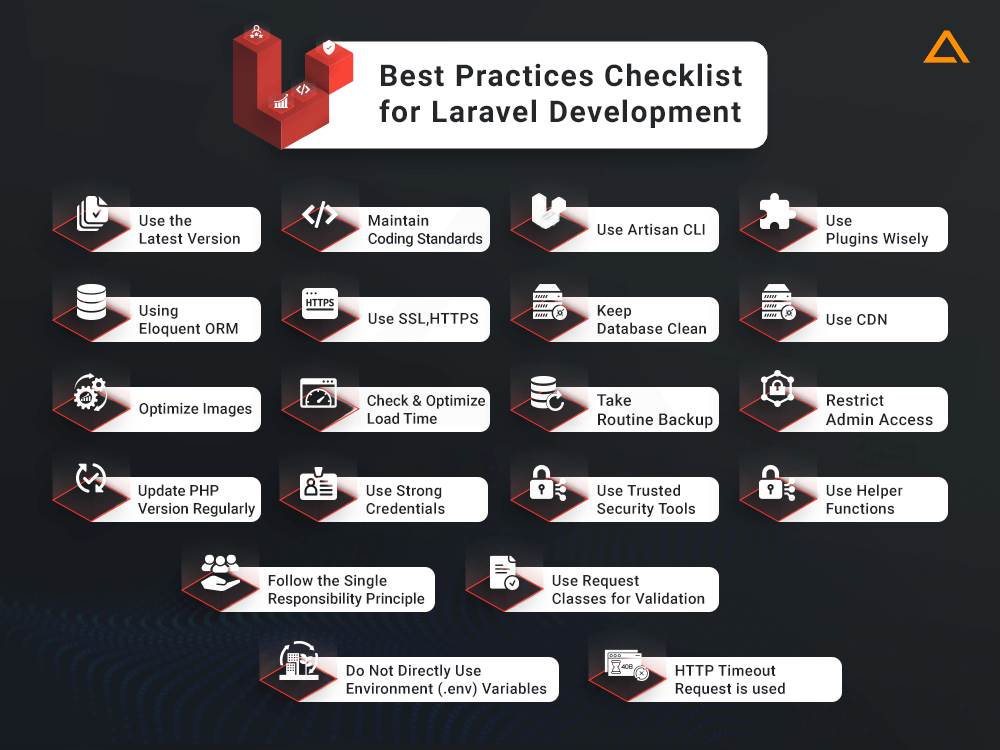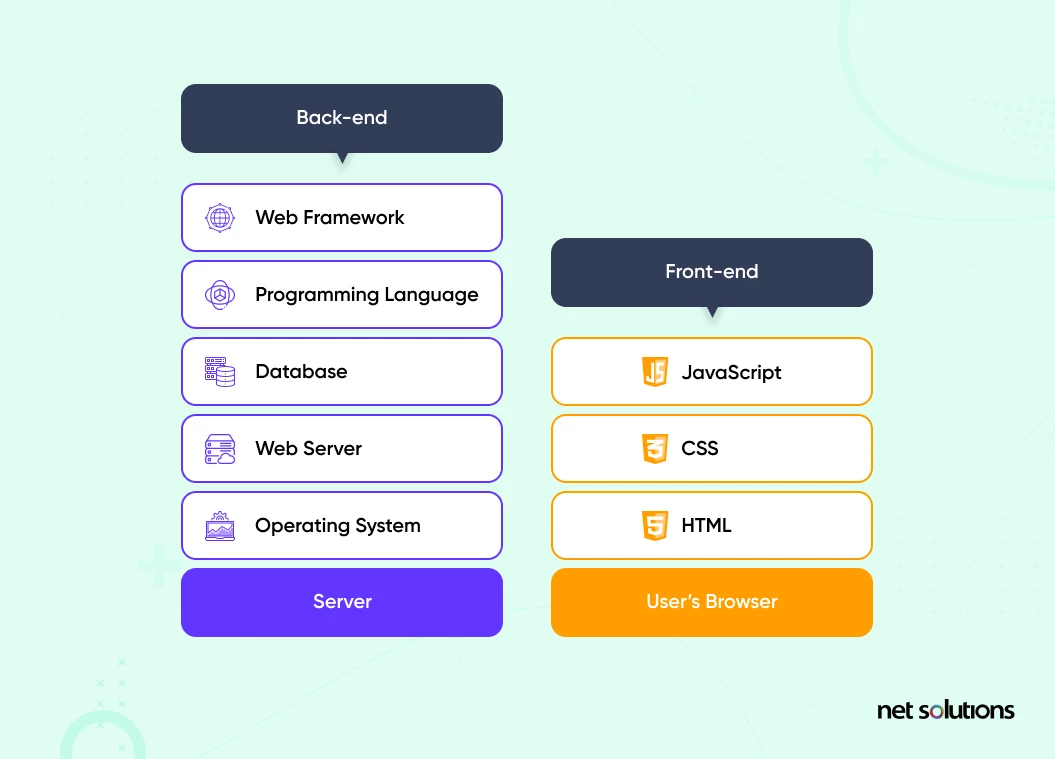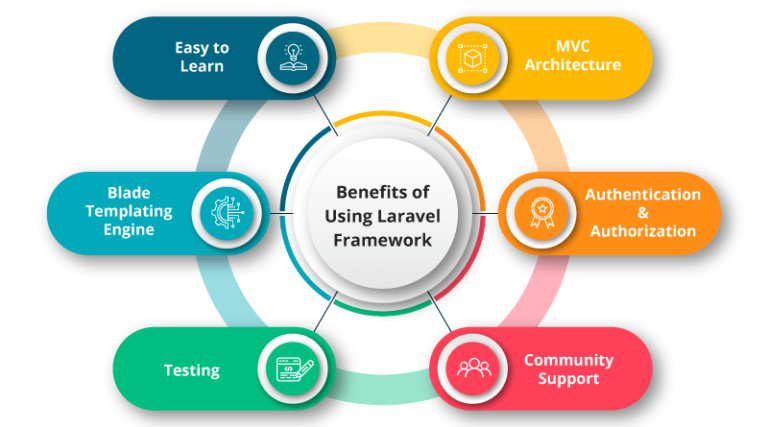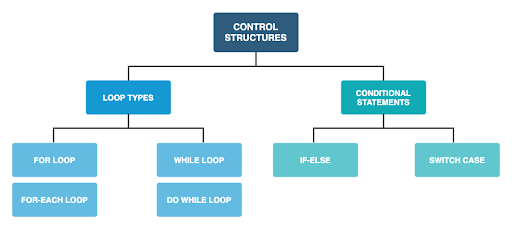Unleashing the Power of Laravel’s Blade Templates
Laravel’s Blade templating engine has become a cornerstone in the world of web development, offering developers a powerful and elegant way to create dynamic views for their applications. In this article, we’ll dive deep into the intricacies of Laravel’s Blade templates, exploring their features, benefits, and how to harness their full potential.
Introduction to Blade Templates

Laravel’s Blade is a templating engine that enables developers to write clean, expressive, and efficient views. It’s designed to make the process of creating dynamic content in web applications more intuitive and enjoyable.
The Advantages of Using Blade Templates
Blade templates bring several advantages to the table. They provide a separation between the application logic and presentation, making it easier for developers and designers to collaborate. Blade also offers template inheritance, which allows you to define a base layout and extend it across multiple views, promoting code reusability.
Getting Started with Blade

Getting started with Blade is a breeze. It comes bundled with Laravel, so there’s no need for additional installations. You can create Blade views with the .blade.php extension and start writing Blade syntax to build dynamic content.
Creating Layouts and Views

One of Blade’s standout features is its layout and view system. With the @extends and @section directives, you can create a master layout and inject specific content into placeholders, streamlining the development process.
Blade Directives: Simplifying the Complex

Blade directives are at the heart of what makes Blade so powerful. From simple @if conditions to loops and rendering subviews with @include, these directives simplify complex tasks and make your code more readable.
Conditional Statements and Control Structures
Blade provides a range of conditional statements and control structures that enable you to tailor the output of your views based on specific conditions. The @if, @else, and @unless directives come in handy for this purpose.
Including and Extending Templates

The @include directive allows you to include other Blade views within your templates, promoting modularity. Furthermore, the @extend directive lets you create parent-child relationships between templates.
Working with Forms and CSRF Protection

Blade makes form handling a breeze with directives like @csrf for CSRF protection and @method for specifying HTTP methods. These directives enhance security and simplify form integration.
Mastering Component Development

Laravel introduced Blade components as a way to encapsulate UI elements. By defining reusable components with the @component directive, you can build consistent and modular interfaces.
Caching and Performance Optimization

Blade templates can be cached to boost performance. The @cache directive enables you to cache portions of your views, resulting in faster page loads and a smoother user experience.
Internationalization with Blade

For projects with multilingual requirements, Blade offers internationalization support. The @lang directive allows you to easily switch between different language translations.
Custom Directives: Tailoring Blade to Your Needs

Laravel allows you to create your own custom Blade directives, providing a way to extend Blade’s capabilities to suit your specific project requirements.
Tips and Best Practices for Blade Templating

To make the most of Blade, keep your templates organized, use comments to document your code, and leverage features like template inheritance and components for cleaner and more maintainable code.
Leveraging Blade with Frontend Frameworks

Blade can seamlessly integrate with popular frontend frameworks like Vue.js and React. This integration empowers developers to build interactive and dynamic user interfaces.
Summary
Laravel’s Blade templates have revolutionized the way developers create and manage views in web applications. With its concise syntax, powerful directives, and seamless integration, Blade remains a top choice for building dynamic and engaging user interfaces.
FAQs
Can Blade templates be used with other PHP frameworks?
Blade templates are tightly integrated with Laravel’s ecosystem and might not be easily portable to other PHP frameworks without some adjustments.
How do I pass data to Blade views?
You can pass data to Blade views using the with method or by compacting an array of data.
Are Blade templates suitable for single-page applications (SPAs)?
While Blade is great for traditional server-rendered applications, SPAs often rely more on frontend frameworks like Vue.js or React.
Can I use Blade outside of Laravel?
Blade’s full potential is unlocked within the Laravel framework, but there are third-party packages that attempt to bring Blade to other projects.
Are Blade templates secure?
Yes, Blade templates include built-in protection against common security threats like cross-site scripting (XSS) attacks through features like automatic HTML escaping.









